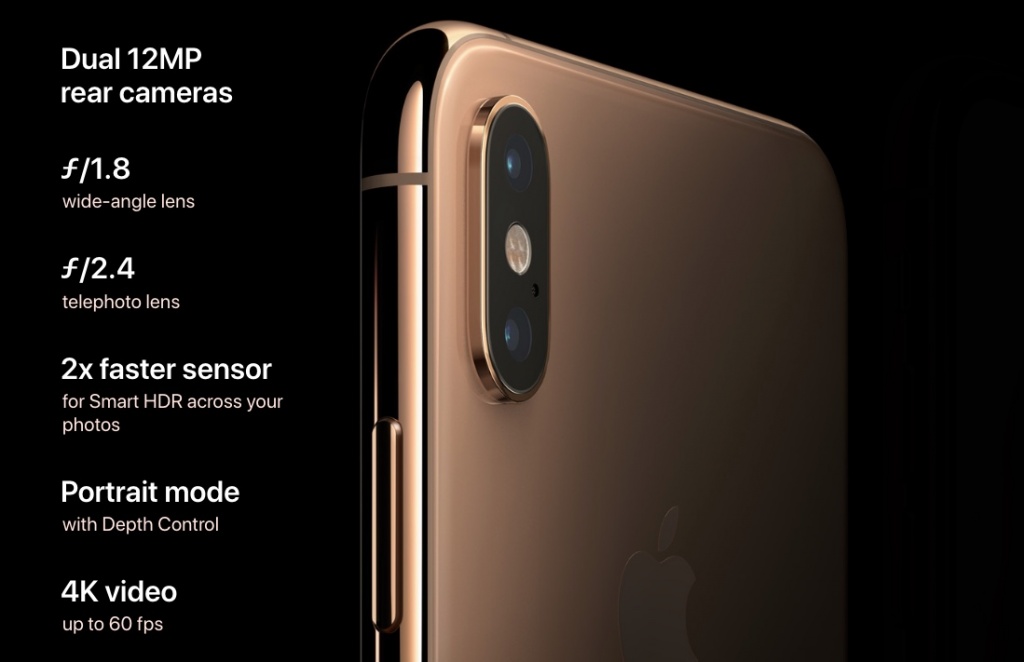

- #E xs max metro last light images 720p#
- #E xs max metro last light images drivers#
- #E xs max metro last light images update#
- #E xs max metro last light images driver#
- #E xs max metro last light images full#
Enabling this option brought us a 17% performance hit and in all truthfulness, the end result was not as impressive as what we’d originally imagined. We strongly suggest avoiding that option if you are an AMD user or if you don’t own a high-end Nvidia card. Nvidia users can let their GPUs handle those advanced PhysX calculations while AMD users will have to rely on their CPUs. This advanced setting offers cloth simulation, fog volume, additional debris, bouncing sparks and explosive enhancements. Metro: Last Light is also powered by Nvidia’s PhysX effects, and offers an advanced physics option that can be enabled by both Nvidia and AMD users. Thus, if you’re getting mid 40s, you’ll be able to run Metro: Last Light without major issues and at higher framerates than those witnessed while running the benchmark tool. At this point, we should note that the benchmark tool is basically a stress test. Truth be told though, players will need a quad-core CPU in order to run it at constant 40+ fps. This further proves that Metro: Last Light is a GPU bound title. And while its benchmark – average – result was 31fps, the in-game framerate was higher than that. While simulating a dual-core CPU, our GTX690 (in Single-GPU mode, meaning that it was performing like a GTX680) was used at around 60-90%. A dual-core system will be enough for the lowest settings (provided you are not GPU limited) and will offer you better framerates than its console counterpart. Metro: Last Light demands a high-end PC to truly shine. Furthermore – and as we can see from the following graph – all of our CPU cores were almost maxed out, indicating amazing scaling across multiple CPU cores. A dual-core performs 50% slower than a quad-core, while a tri-core performs 18% slower than a quad-core.
#E xs max metro last light images full#
4A Engine takes full advantage of quad-cores, and – perhaps for the first time – we are witnessing a performance difference between a tri-core and a quad-core CPU. Apart from these problems, 4A Engine performs incredibly well. Both Nvidia and 4A Games are aware of these issues, so let’s hope that they’ll be able to fix them sooner than later. The game also suffers from various flickering issues (that can be easily spotted in both Nvidia and AMD camps). Quite frankly, Metro: Last Light’s stuttering fest can literally destroy your gaming experience, and can be as annoying as the one spotted in Bioshock: Infinite. It didn’t matter whether we were running the game in Single-GPU or in SLI mode as there was noticeable stuttering in both configurations. Not only that, but Metro: Last Light suffers from some annoying stuttering issues. Therefore, we are convinced that the current SLI profile is not working as good as it should. In other words, there is no reason behind that performance hit. As you may already know, higher resolutions affect the GPU and not the CPU. What really surprised was the fact that our GPU cores were not stressed at all (when we raised our resolution). The moment we raised our resolution at 1440p, we noticed a 12-17fps performance hit. It seems a bit weird that both SLI and Single-GPU modes had the same results, but let’s assume that we were CPU limited.

#E xs max metro last light images 720p#
Metro: Last Light’s benchmark tool resulted with an average of 52fps at 720p (max settings without SSAA and Advanced PhysX) in both SLI and Single-GPU modes.
#E xs max metro last light images update#
Nvidia needs to update this SLI profile as soon as possible as the SLI scaling is not up to what we’ve been hoping to.
#E xs max metro last light images driver#
Unfortunately though, it seems that this driver has a lot of issues.
:origin()/pre00/0fdd/th/pre/f/2015/107/f/3/metro_last_light_redux_by_ravvenn-d8q0a9q.png)
Nvidia recommends its latest beta driver for Metro: Last Light, a driver that comes with a – supposedly – updated SLI profile for it and is said to be offering a 10% performance boost.
#E xs max metro last light images drivers#
As always, we used an overclocked Q9650 (4.2Ghz) with 4GB RAM, an Nvidia GTX 690, the latest version of the GeForce drivers and Windows 7-64Bit. Metro: Last Light performs better than Metro 2033, even though it is one of the most demanding titles available on the PC. Well, we are happy to report that 4A Games’ claims are true. According to the developers, the engine has been optimized and the game is said to be running better than its predecessor. Metro: Last Light is the sequel to Metro 2033, and is powered by 4A Games proprietary engine, 4A Engine.

We’ve been covering Metro: Last Light’s launch this whole week, and it’s time now for our Performance Analysis.


 0 kommentar(er)
0 kommentar(er)
